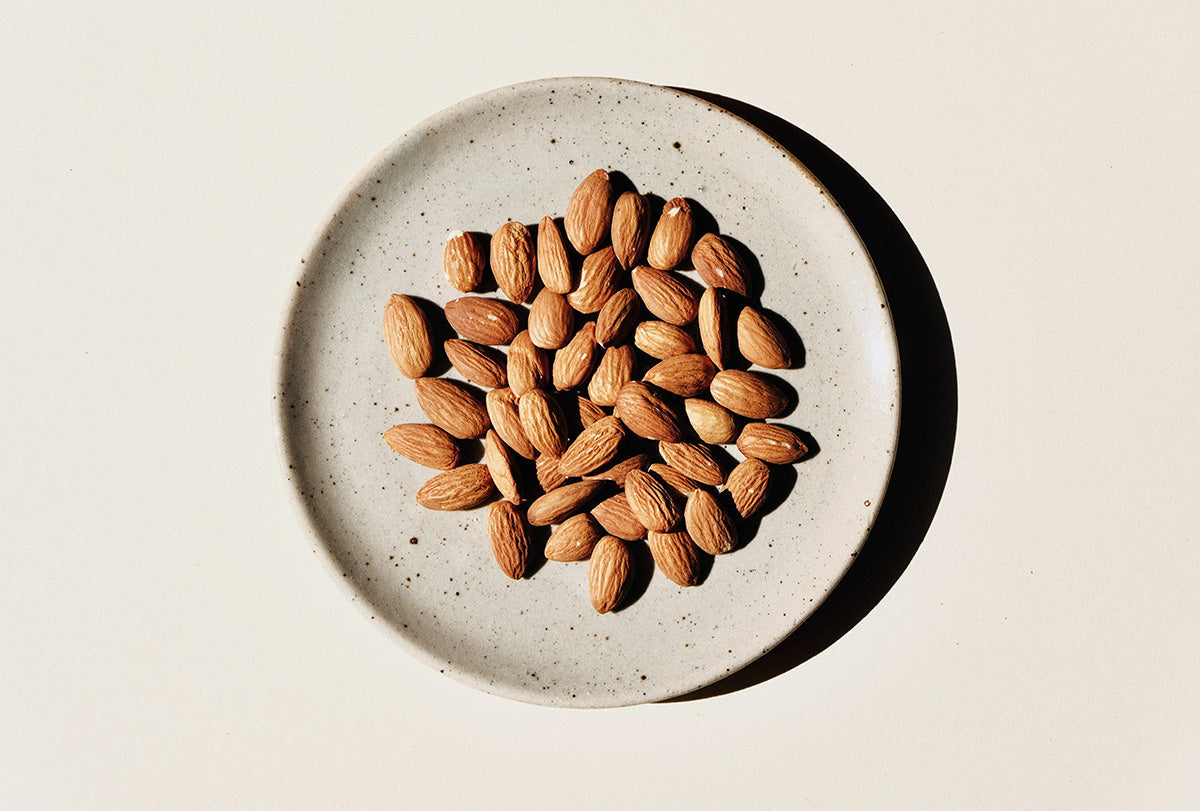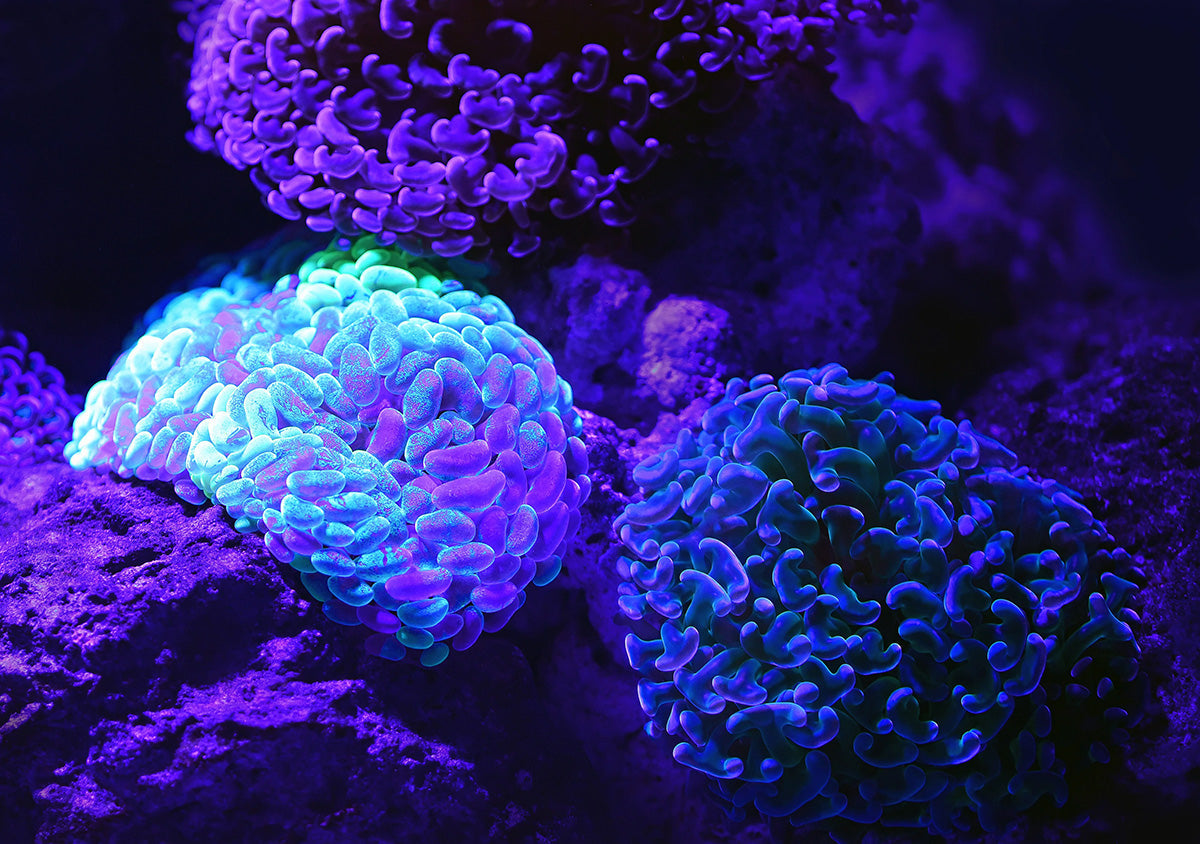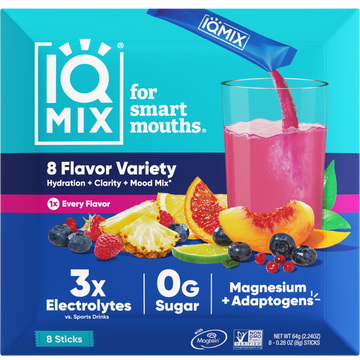The keto diet has taken the world by storm, with everyone from celebrities to your next-door neighbor jumping on the low-carb, high-fat bandwagon.
But what exactly can you eat on a keto diet? Is it all just lettuce and plain chicken breast? Absolutely not! In this article, we’ll explore the diverse range of foods that can be consumed while following a ketogenic lifestyle, but first, let’s cover some keto basics.
What Is the Keto Diet?
The ketogenic diet, often called “keto,” is a low-carbohydrate, moderate-protein, high-fat diet. Those following a keto diet follow this macronutrient formula:
- 60 to 75 percent of your daily calories from fat
- 15 to 30 percent of your daily calories from protein
- 5 to 10 percent of your daily calories from carbohydrates (carbs)
By consuming less than 50 grams of carbs daily, as suggested on a keto diet, the body shifts from burning carbs (its typical fuel source) to burning fat. This change in metabolic state is known as ketosis.
When the body enters this fat-burning state, it produces a type of chemical called ketones—an alternative fuel made by the liver when there isn’t enough glucose (sugar) to be used as energy.
While the keto diet was originally developed to treat epilepsy (and does so successfully), it’s also been found to offer the general population several health benefits. These include weight loss, more stable energy, reduced need for insulin in those with diabetes, improved brain health, and reduced hunger.[*][*][*][*]
Foods You Can Eat on a Keto Diet
The keto diet allows a variety of foods that meet your nutritional needs while still allowing you to enjoy delicious meals. Let’s take a closer look at what the keto diet has to offer.
#1: Fish and Seafood
Fish is a nutritious addition to a keto diet, as it’s nearly carb-free, high in protein, and rich in essential vitamins and minerals, including B vitamins, potassium, and selenium.[*]
Fatty fish, such as salmon, sardines, mackerel, and albacore tuna, are particularly beneficial, as they contain high levels of omega-3 fatty acids. Research has shown that omega-3s can help lower blood sugar levels, increase insulin sensitivity, support heart health, and improve mental health.[*][*][*]
Note that the carb count in shellfish varies by type. Shrimp and most crabs contain no carbs, however, oysters and octopuses contain some.[*][*][*][*] They’re still keto-friendly, but it’s important to track these carbs to stay within your target range.
#2: Meat and Poultry
Meat and poultry are staples of the ketogenic diet. They contain no carbs and are a rich source of protein and nutrients, including B vitamins, potassium, selenium, and zinc.
While processed meats, such as bacon and sausage, may technically be allowed on a keto diet, it’s not recommended that you consume these foods frequently due to their connection with many chronic diseases.[*][*][*][*]
Stick to unprocessed meat and poultry sources, such as fresh or frozen chicken, beef, and lamb. Also, if possible, choose grass-fed meat, as it has more omega-3s and conjugated linoleic acid (CLA) than grain-fed meat.[*][*]
#3: Eggs
Eggs are a nutritious addition to a ketogenic diet, providing zero carbs, healthy fats, antioxidants, vitamins, and substantial protein—about six grams for one egg.[*]
Eggs have also been shown to increase feelings of fullness and help maintain stable blood sugar levels.[*]
Eat whole eggs (rather than just the whites), as the yoke contains most of an egg’s nutrients. This includes lutein and zeaxanthin, which support eye health.[*] Don’t worry about the cholesterol in the yolk. Studies show eating whole eggs doesn’t increase your risk of heart disease.[*]
#4: Low-Carb Veggies
Non-starchy veggies are a keto staple. They’re low in calories and carbs, but high in vitamins, minerals, and antioxidants.
Low-carb veggies are great for adding bulk to your meals without drastically increasing the carb or calorie count.
Here are some keto-friendly, non-starchy vegetables:
- Broccoli
- Asparagus
- Leafy greens like spinach, kale, and Swiss chard
- Celery
- Cabbage
- Cauliflower
- Green beans
- Zucchini
- Spaghetti squash
- Mushrooms
- Eggplant
- Turnips
- Radishes
- Brussels sprouts
- Okra
- Herbs (cilantro, parsley, oregano, dill, etc.)
#5: Cheese
Rejoice—cheese is allowed on a keto diet! There are hundreds of types of cheese to enjoy, most of which are very low in carbs and high in fat and protein.
Cheese also contains CLA, which has been shown to support fat loss and improvements in body composition.[*]
#6: Other Dairy Products
Other types of dairy are also keto-friendly. These include plain Greek yogurt, cottage cheese, cream, and half-and-half.
Plain Greek yogurt and cottage cheese are high in protein and have been shown to help promote feelings of fullness.[*][*] They do contain some carbs, but they can be enjoyed on a keto diet in moderation.
Cream and half-and-half are very low in carbs and high in fat, making them a perfect keto diet addition.[*][*]
#7: Nuts and Seeds
Nuts and seeds are brimming with health-promoting polyunsaturated and monounsaturated fats, fiber, and protein. They're also very low in net carbs.
Frequent nut intake has also been linked to reduced risk of depression, heart disease, and certain cancers.[*][*]
While most nuts and seeds are low carb, the carb count varies by type. Some of the lowest carb options include:
- Brazil nuts
- Macadamia nuts
- Walnuts
- Pecans
- Almonds
- Pumpkin seeds
- Chia seeds
- Flaxseeds
#8: Healthy Oils
The best cooking oils to use on a keto diet include olive oil, avocado oil, and coconut oil. These oils offer significant health benefits.
For instance, olive oil is rich in oleic acid, which has been linked to a lower risk of heart disease.[*] And coconut oil is rich in medium-chain triglycerides (MCTs), which can increase ketone production. MCTs may increase metabolic rate and promote weight loss, too.
Animal fats like butter, ghee, lard, and tallow are keto-friendly choices, too.
#9: Berries and Other Low-Carb Fruits
While most fruits are off limits on a keto diet due to their high carb content, berries are permitted in moderation. Raspberries and strawberries, in particular, are low in carbs and high in fiber.[*][*]
Avocados, cucumbers, bell peppers, lemons, and limes are all biologically considered fruits and can be consumed without restriction.
#10: Dark Chocolate and Cocoa Powder
Dark chocolate is rich in flavanols, which is connected to a reduced risk of heart disease.[*][*][*] And cocoa has been called a “superfruit” due to its high antioxidant content.
Just be sure to check the labels on these items, as the carb count depends on the type and how much you consume. As a rule of thumb, look for dark chocolate with at least 70 percent cocoa content.
#11: Unsweetened Coffee and Tea
Plain coffee and tea contain zero carbs, fat, or protein, so they’re A-OK on a keto diet. Bonus? Coffee has been shown to lower the risk of cardiovascular disease, while tea is rich in health-promoting antioxidants.[*][*]
#12: Keto Health Food Products
With keto’s rise in popularity came increased production of keto-friendly packaged foods, such as jerky, cheese crisps, and protein bars like IQBAR. While these foods shouldn’t make up the bulk of your diet, they can be enjoyed in moderation.
Just be sure to read labels and look for products that use mostly whole foods and include beneficial nutrients. For instance, IQBAR is made with plant-based ingredients like nuts, pea protein, blueberries, and coconut oil, and contain key brain nutrients, including lion’s mane, MCTs, flavonoids, vitamin E, and magnesium.
Choose from many delicious IQBAR flavors, such as Chocolate Sea Salt, Peanut Butter Chip, Banana Nut, Matcha Chai, and Lemon Blueberry!
A Final Word on What You Can Eat on a Keto Diet
As for what foods are off-limits? On a keto diet, you’ll need to nix grains, sugary processed foods (cookies, breakfast cereal, etc.), starchy veggies (i.e. sweet potatoes, beets, etc.), high-carb fruits (i.e. bananas, apples, etc.) legumes (i.e. beans, lentils, etc.), alcohol, and high-carb sauces.
While these dietary changes might seem daunting initially, many potential benefits await you, including more energy, reduced weight, and improved overall health.




